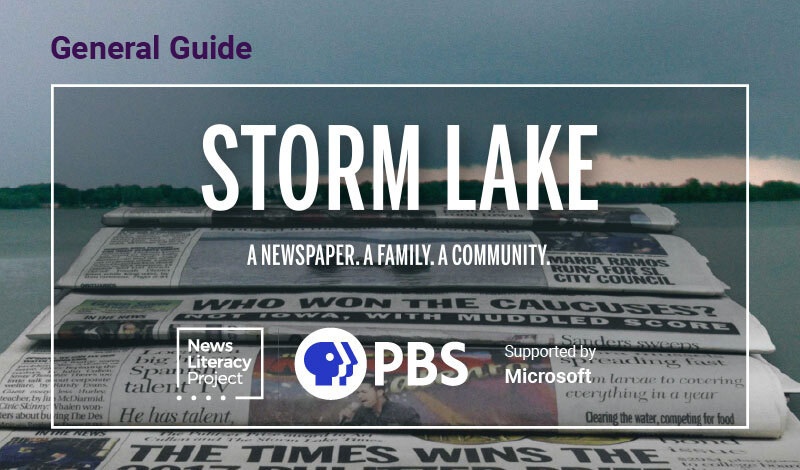
News Goggles: Miguel Otárola, Colorado Public Radio
This week, we talk to Miguel Otárola about how he decides which story ideas to pursue.
News Goggles annotations and activities offer news literacy takeaways on timely topics. These resources feature examples of actual news coverage, including full news reports, headlines, breaking news alerts or excerpts.
This video originally appeared in the Oct. 4, 2021, issue of The Sift® newsletter for educators, which explores timely examples of misinformation, addresses journalism and press freedom topics and examines social media trends and issues. Read archives of the newsletter and subscribe here. Stock music in this video was provided by SoundKit from Pond5.
News Goggles is back — in a new video format for the classroom! This regular newsletter feature is designed to help your students learn to think like journalists while reading news coverage. How do journalists see news? Put on a pair of “news goggles” and check out these conversations with professional journalists to find out!
This week, we talk to Lionel Ramos, a Report for America corps member who covers race and equity for the investigative nonprofit Oklahoma Watch. Ramos offers news literacy insights for his recent story on Afghan refugees arriving in Oklahoma and also sheds light on a key standard of quality journalism — sourcing.
“In a time where race and equity is a very hot topic and people are trying to figure out what exactly it means — and a time in which misinformation is extremely voluminous — it’s important that people know where you’re getting your information so that they can determine whether or not the information you’re providing is reliable,” Ramos said.
Note: Look for this newsletter feature the first Monday of the month. You can find previous News Goggles annotations and activities in this guide, or in NLP’s Resource Library under “Classroom Activities.”
Dig deeper: Use this think sheet to guide students through the featured News Goggles video and article as they consider how journalists use credible sources in news reports.
Have feedback about this resource? Or an idea for a future News Goggles? Please share it with us at [email protected].
This week, we talk to Miguel Otárola about how he decides which story ideas to pursue.


This discussion guide serves as a companion for adult learners and community members viewing the PBS documentary Storm Lake.


This week, we talk to Washington Post reporter María Luisa Paúl about her recent story on 7-year-old Tariq, whose


The News Literacy Project and TIME for Kids teamed up to create “News Matters,” a three-week unit plan intended


In this lesson, students use four key criteria to explore how journalists determine which events to cover.



